What to plant? Make a plan!
“Planning the design is the single most important thing we can do before putting anything in place.”
Bill Mollison, the father of Permaculture
Early spring is a time when Seedy Saturday and Sunday events are in full swing all over Toronto. They’ve become a ritual for garden enthusiasts who gather to buy, sell and trade their favorite vegetable, flower and herb seeds. There is a dizzying array of choice and selection so it’s very easy to find yourself a tad overwhelmed. How do you actually decide what to buy? Just like you don’t go grocery shopping when you’re hungry, I suggest you don’t go seed shopping without some sort of garden plan. It is just too easy to purchase so much more than you can use in one season, or even a lifetime, and that can lead to over planting and less than satisfactory results come harvest time.
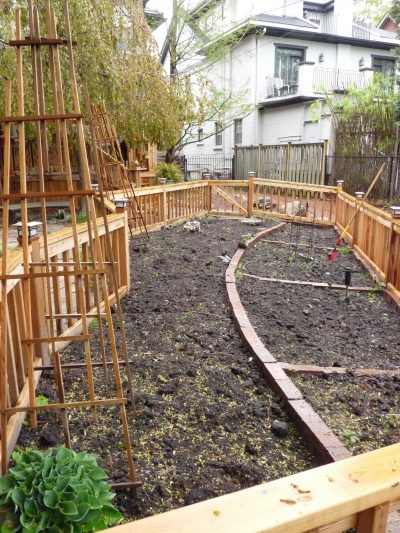 Before |
 After |
Garden Planning 101
Garden plans come in all shapes and sizes, anything from a rough, hand-drawn sketch of a garden bed against a fence to computer generated drawings of entire landscapes. No matter how simple or elaborate a design, the process of doing a garden plan is an important first step in achieving a successful and satisfying end result.
A garden plan, a.k.a. a planting plan, will tell you where to plant, what to plant, when to plant, how much to plant and therefore purchase and if you’ve done a plan the previous season, your plan will tell you what you planted last year.
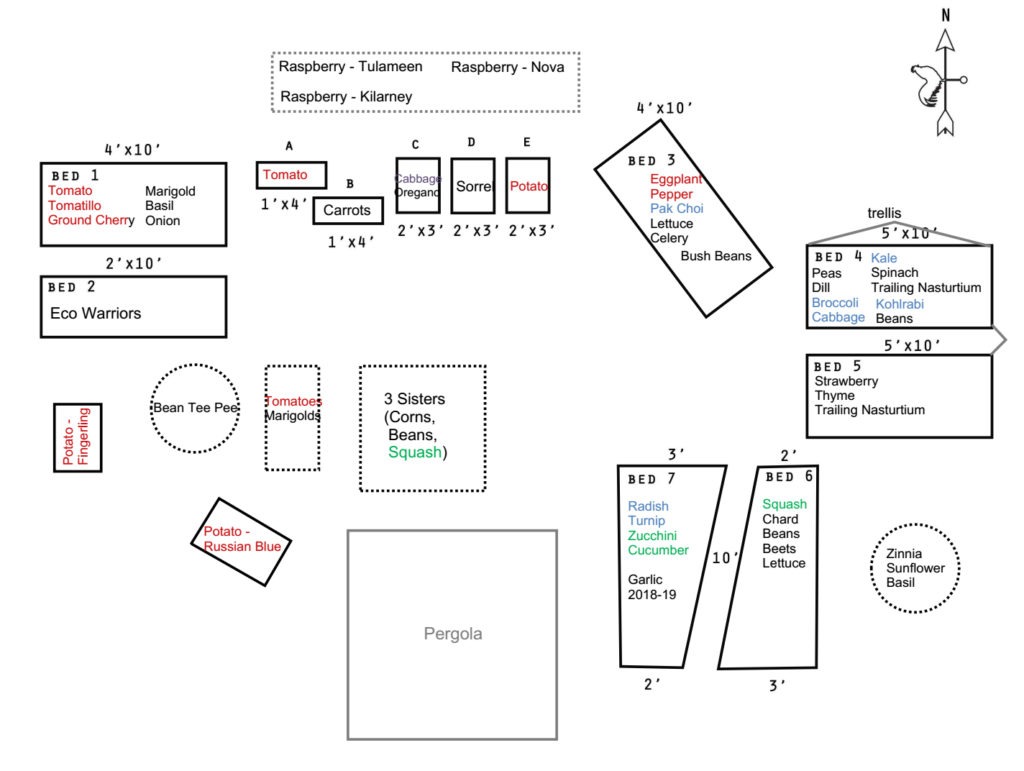
Where to Plant?
If you haven’t established your garden space yet you will need to figure out where you want to place your garden and if you want to plant directly in the existing ground, in raised garden beds, containers of some kind or a combination of each. To help you make that decision you will need to know how to assess your site and learn a little bit about what a productive vegetable garden needs to thrive. It’s not rocket science, ample sun, healthy soil, quality seed and seedlings, the right amount of water and perhaps most important of all, love. Tending a garden is a relationship like any other. Better to start small and enjoy yourself rather than overcommit and feel burdened.
 Start small |
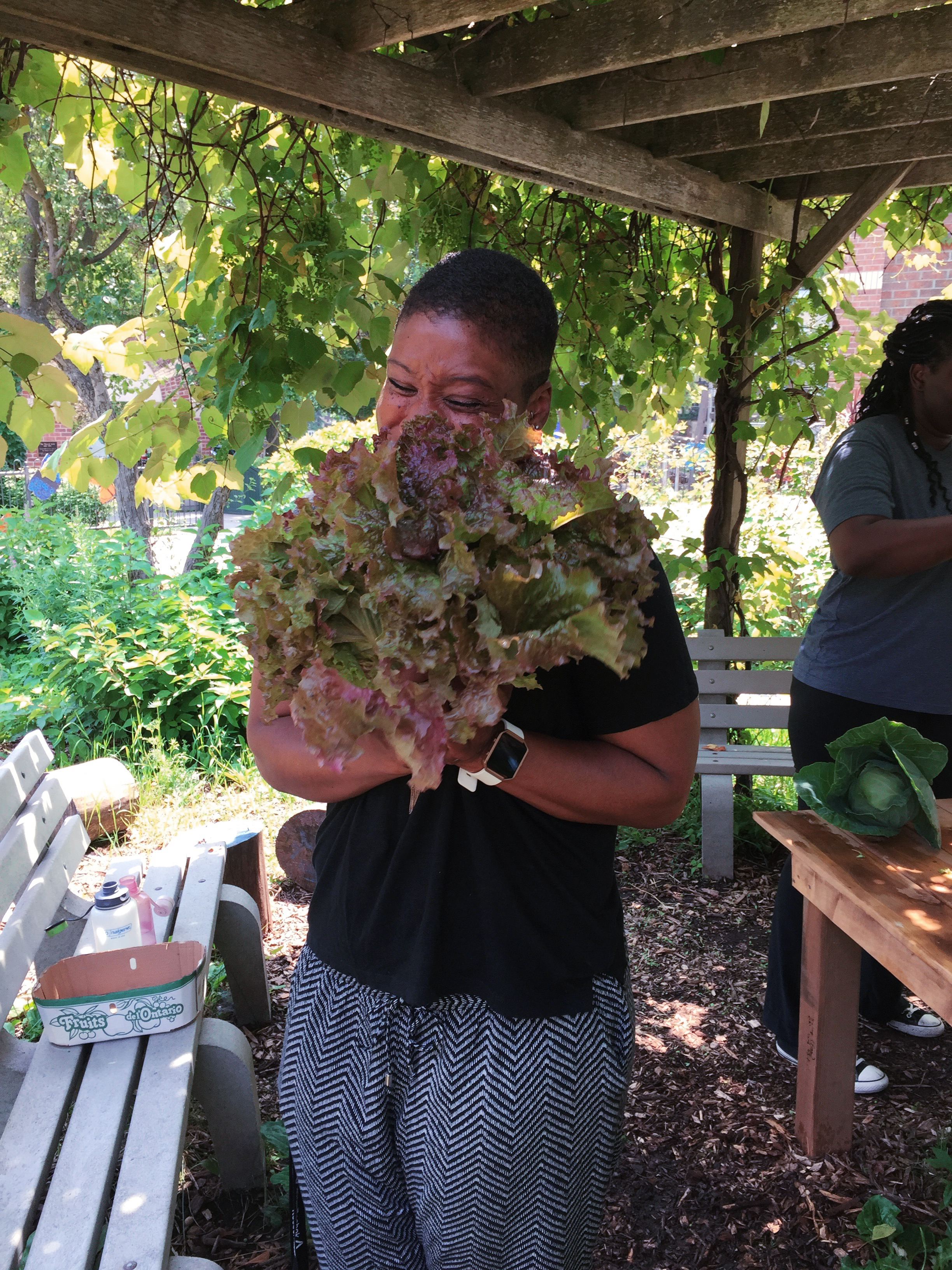 Happy Gardener |
Assess Your Site
Assessing your site is simply a matter of spending some quality time in your garden space and observing its unique conditions. Take note of what direction the garden faces and observe where the sun rises and sets. How many hours of direct sun shines on your garden? You’ll need at least five to six hours of direct sunlight for your vegetable garden to thrive. Note what obstacles like trees or buildings there are between the sun and your garden. Keep in mind, this will evolve throughout the growing season as the leaves begin to fill in and the sun rises higher until it peaks at the Summer Solstice. When you know how sunny or shady your site is you will be able to ensure that you are planting the right plants in the right place. There is no sense in forcing a sun loving crop like tomatoes to struggle in a shady backyard.
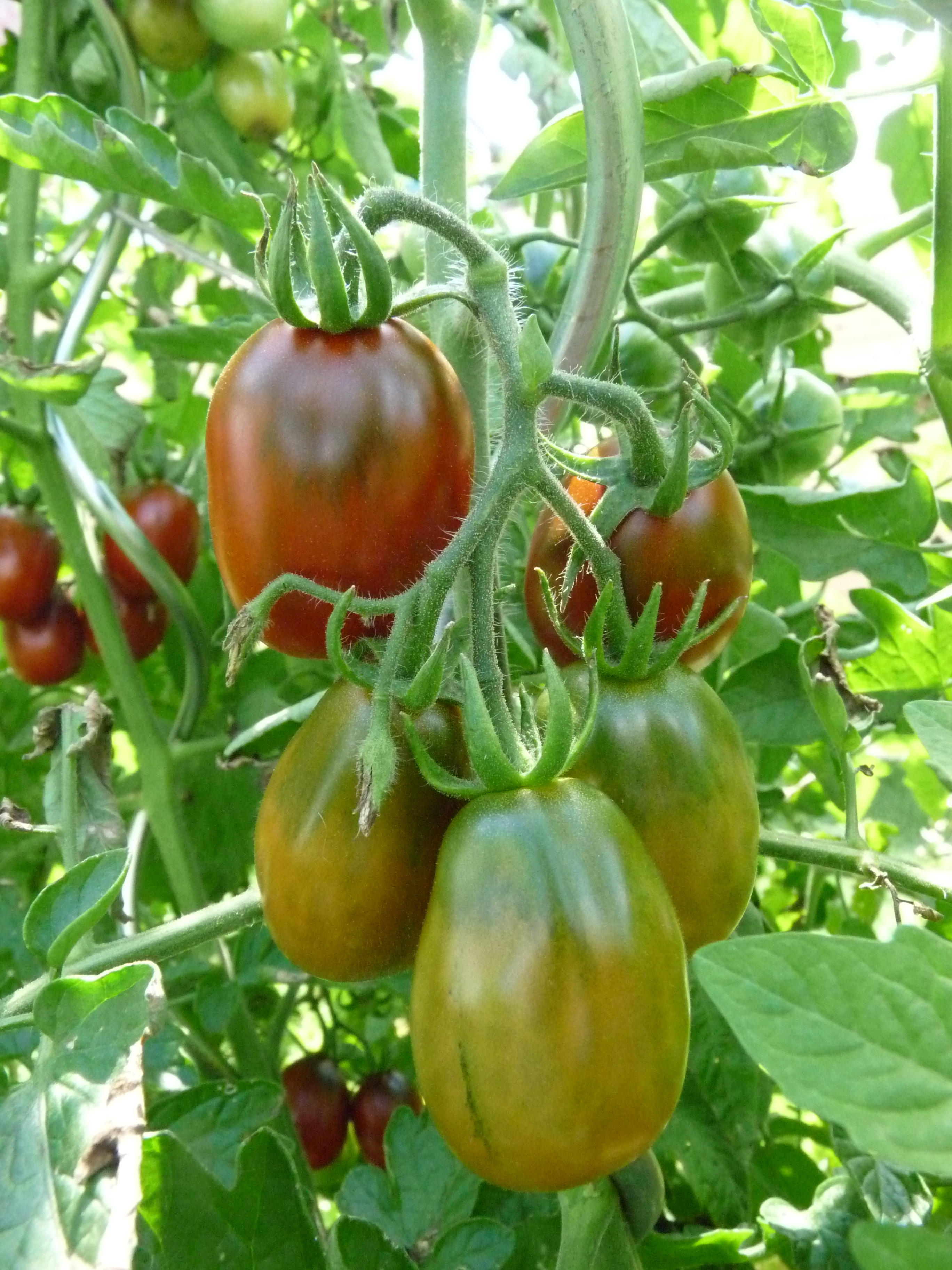 Heat loving tomatoes. |
 Shade tolerant greens. |
In Ground or Raised Beds?
What are your soil conditions? Is it clay heavy, or on the sandy side? There’s not much you can do to change its inherent texture but there is a lot you can do to make it less compacted, more water retentive, and to increase the overall biodiversity of soil dwelling organisms. The more diverse, the more fertile the soil and the happier and healthier your plants will be. Adding good quality compost and covering the soil with organic mulch is the key to maintaining healthy soil. (more on this in a future post!) If you are growing in raised garden beds, then you have much more control over your soil conditions and can select a good quality triple mix with an ideal texture.
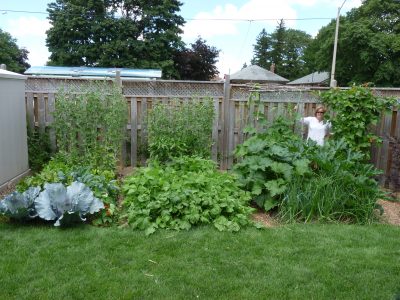 In Ground Garden |
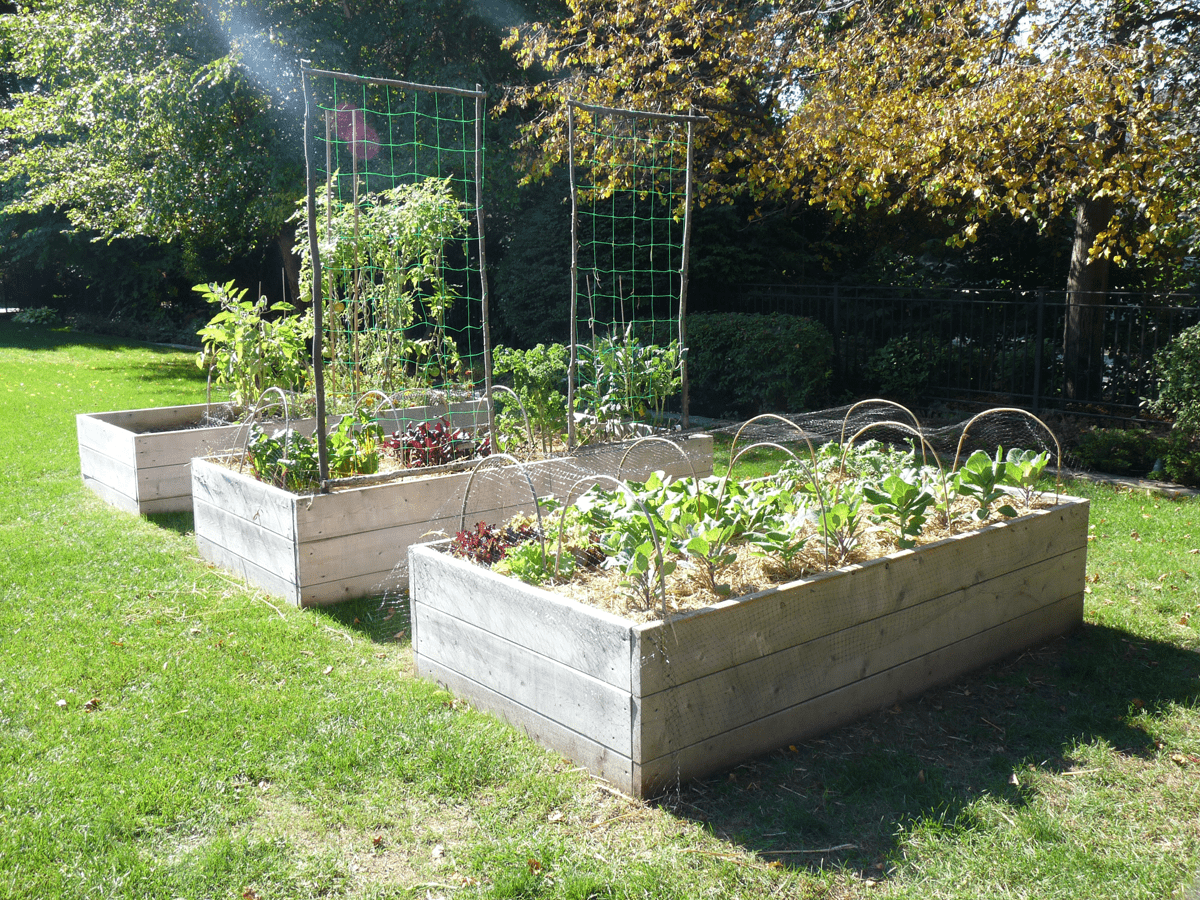 Raised Bed Garden |
Other Considerations
How are you planning to water your garden? Making sure your water source is close to the garden site will make your life a whole lot easier. Is there a slope to the grade? What other external forces are affecting the garden? Pesky animals? Reluctant neighbours? Will you need to establish some sort of wind break to protect the soil and the plants?
Consider how much time you want to spend gardening. Are you going to have some help or are you going it alone? Knowing all this will help you make important decisions about the size and scope of the garden you want to establish – before you spend a single penny.
Once you know where you’re placing your garden, you need to determine your hardiness zone and learn a bit about the different vegetable plant families, crop rotation and companion planting.
Hardiness Zones

Gardeners need some way of determining which plants will grow best in their specific climate and hardiness zone maps do just that. These maps take into account all sorts of climactic conditions from amounts of rainfall to temperature extremes and then assign a rating to each region. The scale goes from most harsh (0) to most mild (9a). Canada has 9 hardiness zones. And Toronto is rated between 5 and 6a, depending on where you live. Once you know the hardiness zone of your particular region you can determine the length of your growing season and put together your garden schedule.
First frost date, Last frost date

Deciding when you’re going to plant your crops, is all about last frost date and first frost date. In our area of Toronto, our hardiness zone is 6a. On average the last day we are likely to have a hard frost is somewhere around May 11. (A Google search will reveal such dates.) This date fluctuates slightly year to year. Heat loving tomatoes should be planted after all risk of frost has passed. That’s why in Toronto you’ll hear that most gardeners wait until the May 2-4 weekend to get their tomatoes in the ground. I’m with them! There is nothing to be gained by planting earlier and so much more to risk. A hard frost will kill a tomato plant overnight and the previous eight weeks spent nurturing your seedlings will be for naught. Be patient. Warmth will come. In the meantime, soothe your restless gardener soul and plant and seed your cold hardy crops. (more on that below)
First frost is generally around the end of October and can be as late as November 1st. Important to note so you can get your hoop tunnels or cold frames set up and protect your cold hardy plants and extend your harvesting season. (For more on extending your growing season, check out the fabulous Niki Jabbour, a year-round gardener in Nova Scotia)
Days to Maturity
The length of your growing season is the time in between your last frost and first frost dates. In Zone 6 there are roughly 175 days between May 11 to November 1. That’s handy information when trying to figure out what crops can reach full maturity in your zone and how long that will take. This is referred to as “days to maturity” on seed packs and seedlings. Radishes mature in 30 days, so you know you’ll be able to get at least 2 -3 successions planted and harvested in zone 6. Tomatoes mature in around 80 days but can’t be planted out until the end of May. There are many different garden schedules available on line or you can create your own. This is a good at-a-glance schedule for zone 6. Many seed suppliers are a wonderful resource for garden schedules. A very good one is West Coast Seeds.
Some like it HOT, Some like it COLD
 Early Spring Planting |
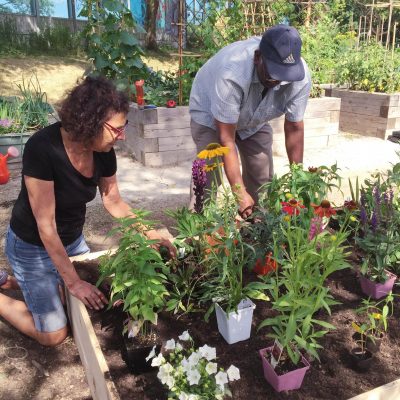 Late Spring Planting |
Keep in mind the hardiness of the crop when figuring out your planting schedule. We usually do two plantings in spring. The first planting is in mid to end of April when we plant cold hardy plants like peas, kale, cabbage, radish, Asian greens, beets, onion, carrots, spinach, lettuce and mustards. I can usually seed a couple of successions of these crops before it gets too hot for them to grow well. By then it’s time to plant the heat lovers. A final succession of cold hardy crops can be seeded or planted again in late summer for a late fall or winter harvest.
The second spring planting is roughly four weeks after the first, the last week in May when we plant heat loving crops like tomatoes, peppers, tomatillo, ground cherry, eggplant, cucumber, squash, beans and okra. Only one complete round of these plants is possible as they take the full season to reach full maturity and produce fruit.
 Cold hardy plants can be planted before last frost. |
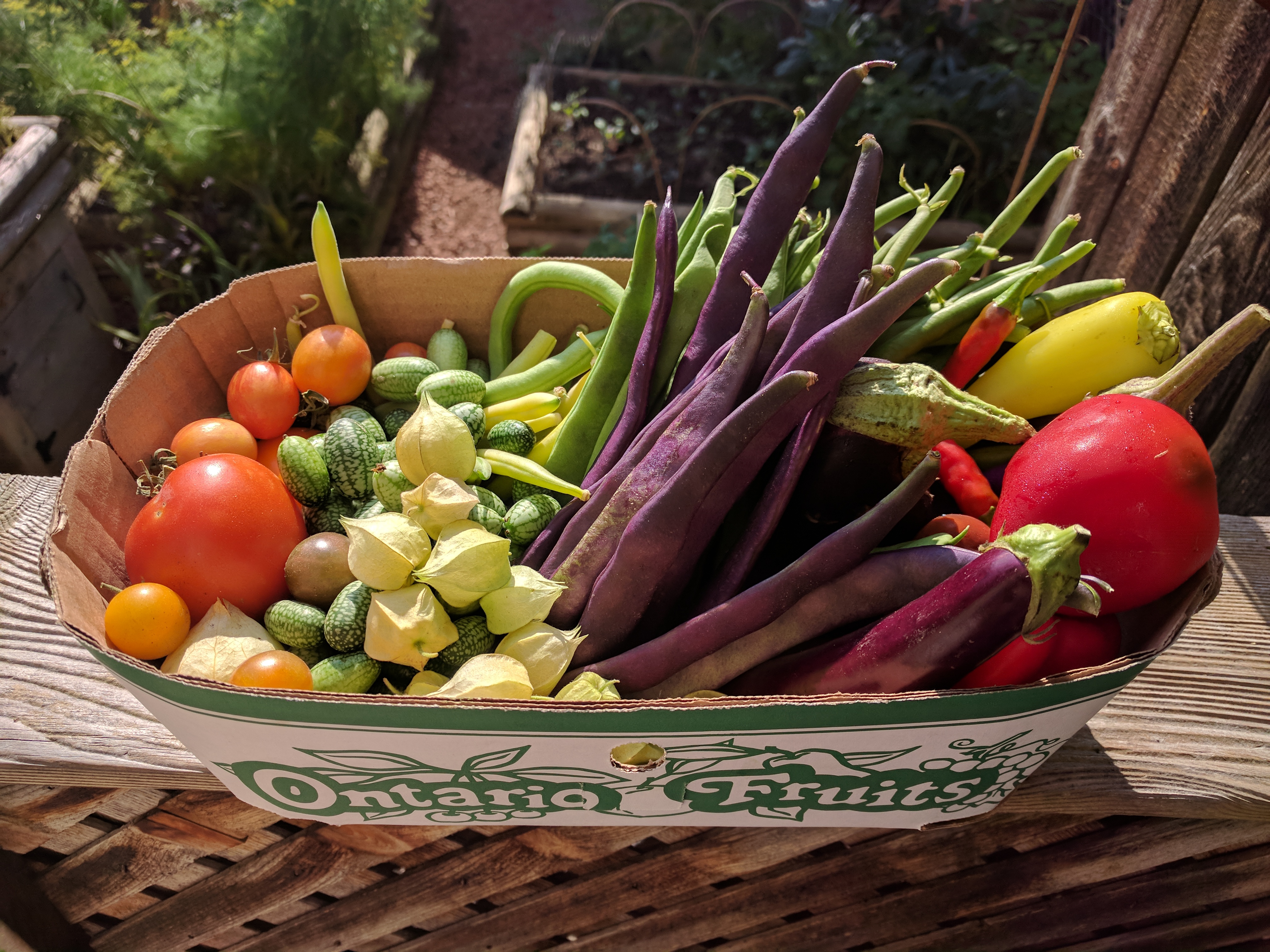 Heat loving plants should be planted after last frost. |
Plant Families
Just like humans, plants in the same family share similar characteristics such as growth habit, nutritional requirements and common ailments. One of the practices of organic growing is crop rotation. This is the process of planting crops of the same family in a different location every season in order to stay one step ahead of pests and diseases. In this way we are working with nature, not against it by resorting to the use of synthetic or chemical pesticides and herbicides.
Plant tomatoes in Bed #1 this year and next year move them to Bed #2. Any pests overwintering in the soil of Bed #1 will emerge in spring only to find their favoured food source has disappeared.
Crop rotation can also be employed to nourish the soil. Plants in the legume family have the ability to grab nitrogen from the atmosphere and fix it in the soil where nitrogen loving plants can access it. So, it’s a good idea to plant kale, lettuce or corn where beans where last season.
Primary and Secondary Plant Families
I have found that some plant families need to be rotated every year while others can tolerate being planted in the same place a few years in a row. For the purposes of teaching a garden planning process, I refer to these two groups as the Primary Plant Families and Secondary Plant Families. They all have Latin names but here I use their common names to simplify things.
The three primary plant families include the Cabbage or Brassica family with crops like kale, arugula, broccoli and many more. It’s a big family! Members of the Nightshade family include tomatoes, peppers, eggplant, potatoes and ground cherries. And plants like cucumber and zucchini belong to the Squash family.
I consider the most common Secondary Families to be Alliums (onion, garlic, chives), Legumes (Peas, beans), the Beet family (which includes Swiss Chard and Spinach), the Parsley/Carrot family (which includes parsnip, fennel, cilantro) and the Lettuce family.
| Primary Plant Families | ||
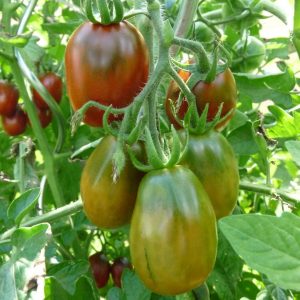 Nightshade Family |
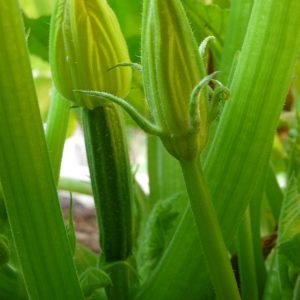 Squash Family |
 Cabbage, Brassica Family |
| Secondary Plant Families | ||||
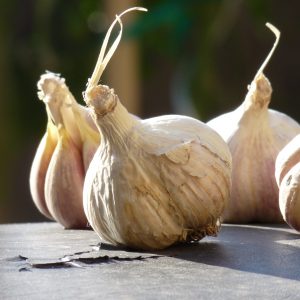 Allium Family |
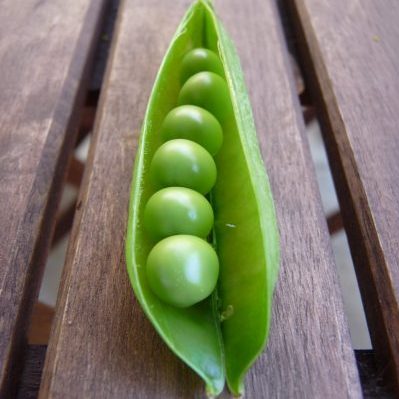 Legume Family |
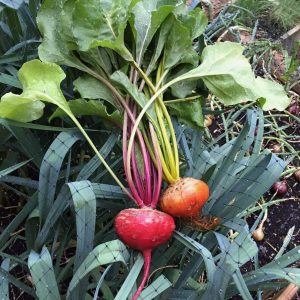 Beet Family |
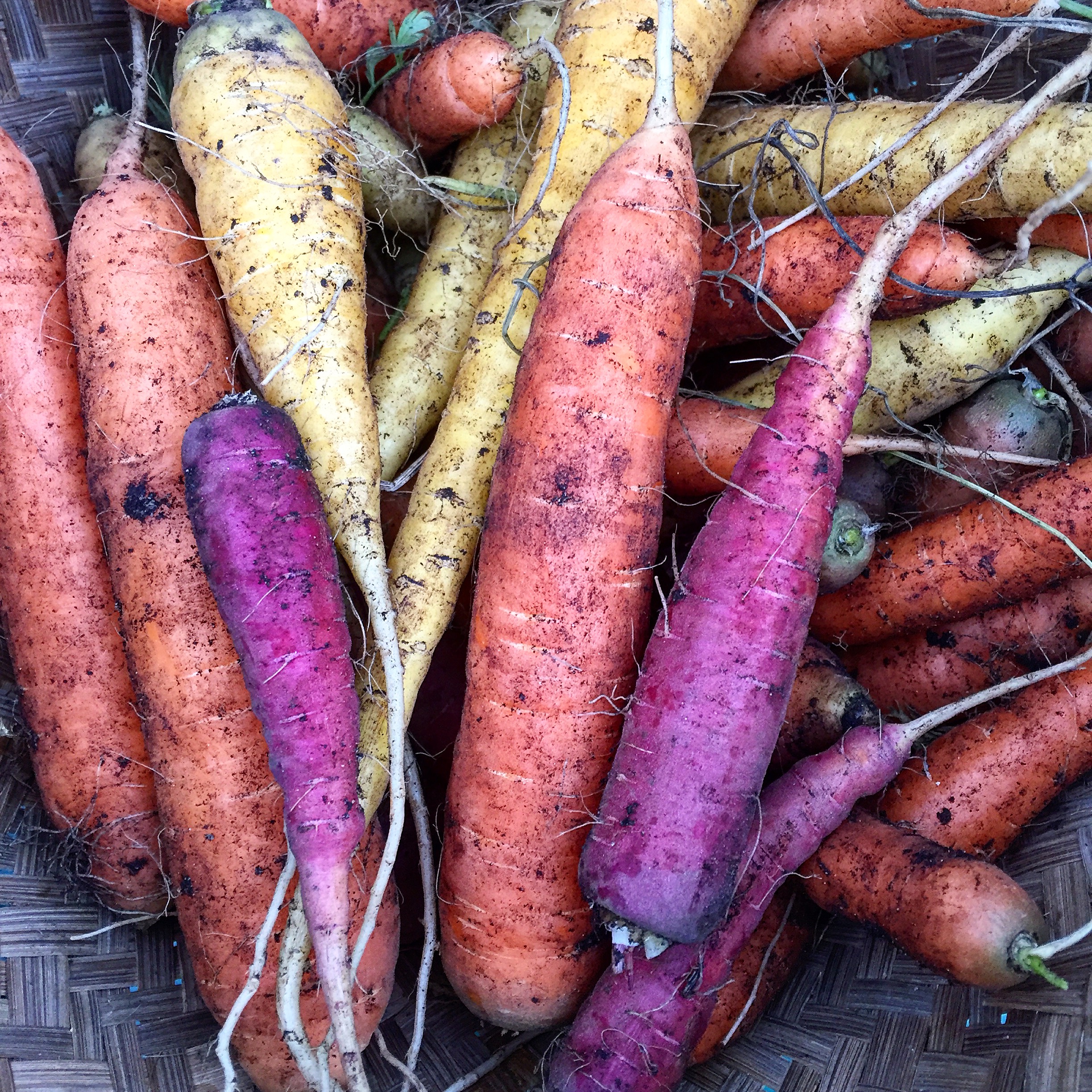 Carrot, Parsely Family |
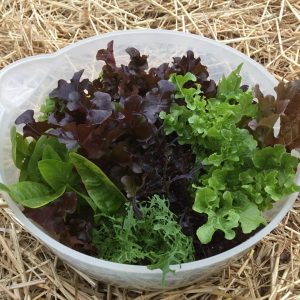 Lettuce Family |
I start by deciding where the primary families are going to go and then add the secondary families to those beds. If you have the luxury of unlimited growing space then by all means, give each family their own bed. But growing food in the big city often means limited space so we have to plant different families together.
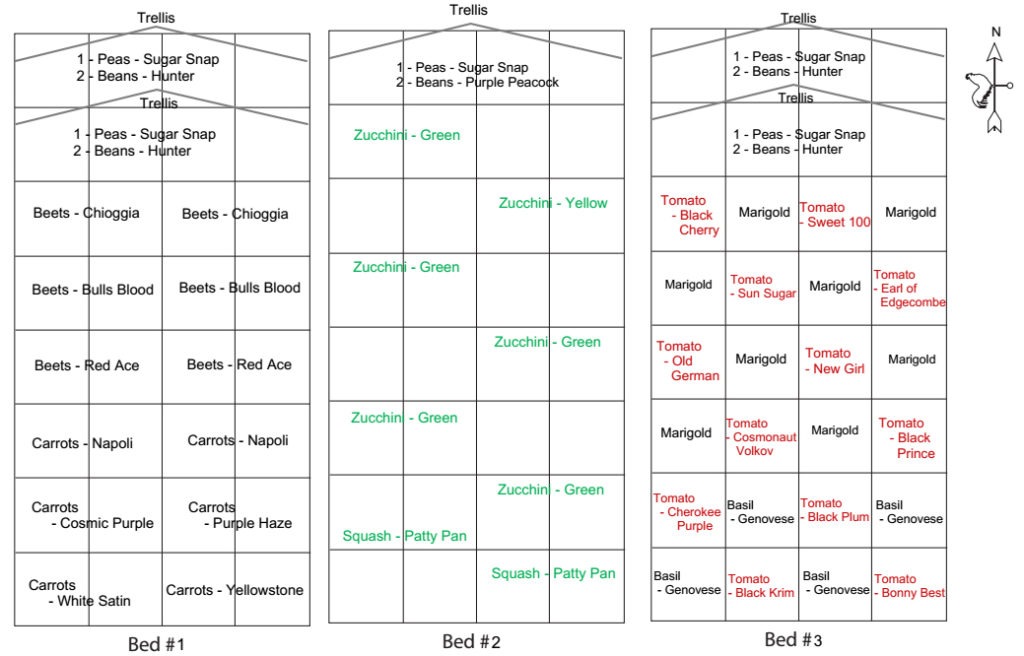
Companion Planting
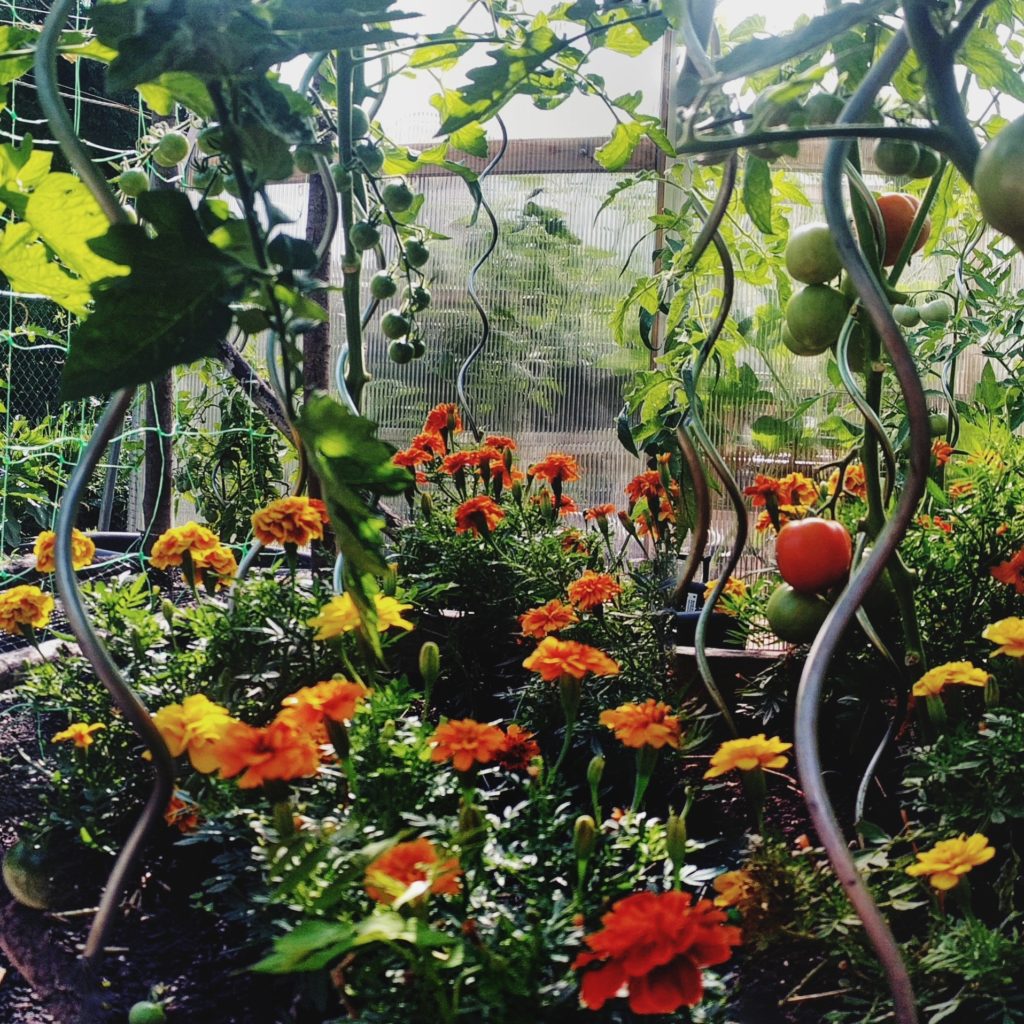
Companion planting is another common organic gardening practice that helps deter pests attract beneficial insects, enhances the growth of its neighbour, and maybe even its flavour. And it’s a great way to beautify your garden. Plant marigolds next to your tomatoes to attract hoverflies that lay eggs on aphids which prey on tomatoes.
First Nations People have used companion planting for thousands of years. A fine example is known as the Three Sisters where corn, beans and squash are planted together. Corn provides a solid structure on which beans can climb, beans fix nitrogen for the hungry corn and the large, low growing squash leaves provide shade for roots and soil protection. Nature has elegantly figured it out. All we have to do is observe and follow.
What Do You Like To Eat?
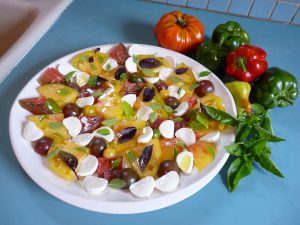
Now that you know where to plant, and when to plant you need to decide what to plant and that should be based on what you and your family like to eat. It’s much more likely you will take good care of your favorite foods and neglect those you don’t really enjoy. While you’re putting your list together, consider using a wide variety of colours and textures. A big part of gardening is visual and vegetable gardens can be beautiful.
Planting in Rows vs Square Foot Gardening
Part of planning your garden is deciding how many plants and or seeds you’re going to need and how far to space them apart. The traditional method of seeding and planting is in rows. Most seed packs will base their spacing instructions on this method. It is common practice to over-seed these rows and then “thin” by removing extra plants to allow the strongest the space they need to mature. But this is time consuming, wasteful and can disturb the roots of the plants left behind.
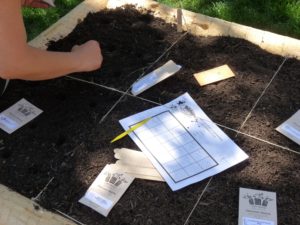
Enter Square Foot Gardening, created and developed in the ‘70s by Mel Bartholomew to avoid these exact problems. This modular method of seeding and planting is a great way to organize your garden. It’s ideal for raised beds which allow you to grow more in less space because the soil is not compacted and the roots are able to grow easily, with less competition. You sow the exact number of seeds you need so there is no thinning. And because you use every square inch of soil for your veggies, there is less space for weeds to take hold. Plus, it makes garden planning a snap. You can determine exactly how many plants and seeds you need to purchase. And it’s a great way to teach kids how to garden.
Spacing
I’ve been using the Square Foot Gardening method for years and have adapted Mel’s recommended spacing. Every gardener has their own unique way of doing things, so I encourage you to experiment with what works for you. Here is a spacing chart that we use for the most common veggies. For other crops we consult the SFG charts.
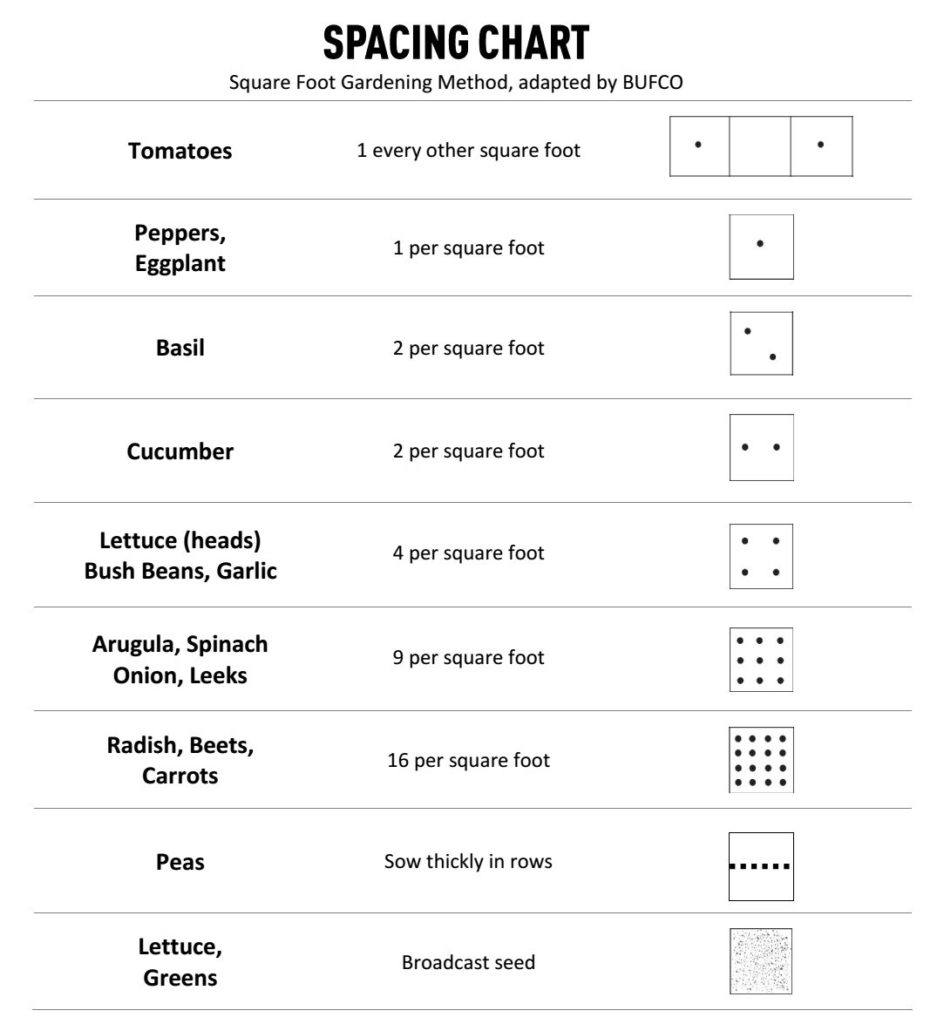
Seed or Seedling?
Some crops have to be planted in the garden as seedlings, some can be direct sown or seeded and many can be either direct sown or planted from seedling. In my experience peas, beans carrots, beets and radishes don’t transplant very well so I like to sow them directly. Plus, I need to save space in my indoor grow op for tomatoes, peppers and eggplants that must have a head start and be planted as seedlings. Cucumbers, squash or basil can be seeded or planted. You may think you’ll be getting an early harvest if you plant cucumbers from seedlings, but I’ve found that cucumbers that are direct sown quickly catch up to their early started siblings. Direct sowing can also save time, energy and money.
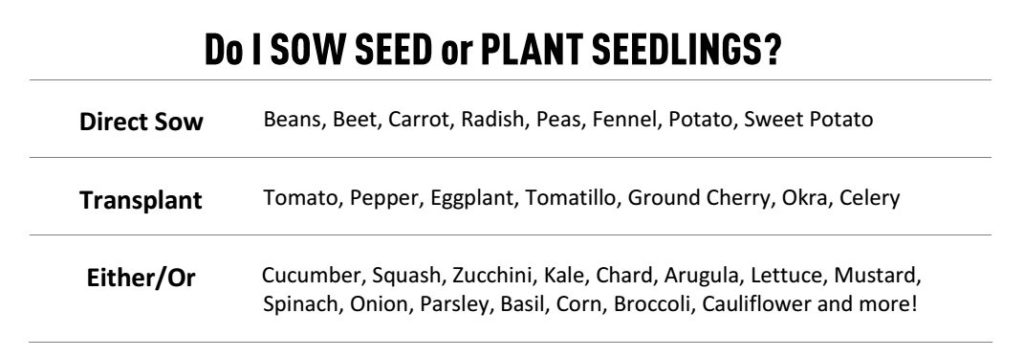
Putting It All Together
Once you have your list of what you want to grow, lay it all out on paper on a square foot grid that matches the size of each of your garden beds. Use one grid for each bed. This highly adaptable method can be used for inground gardens as well as raised beds and can include shapes other than squares and rectangles. In ground spacing might have to be further apart to account for potentially more compacted soil.
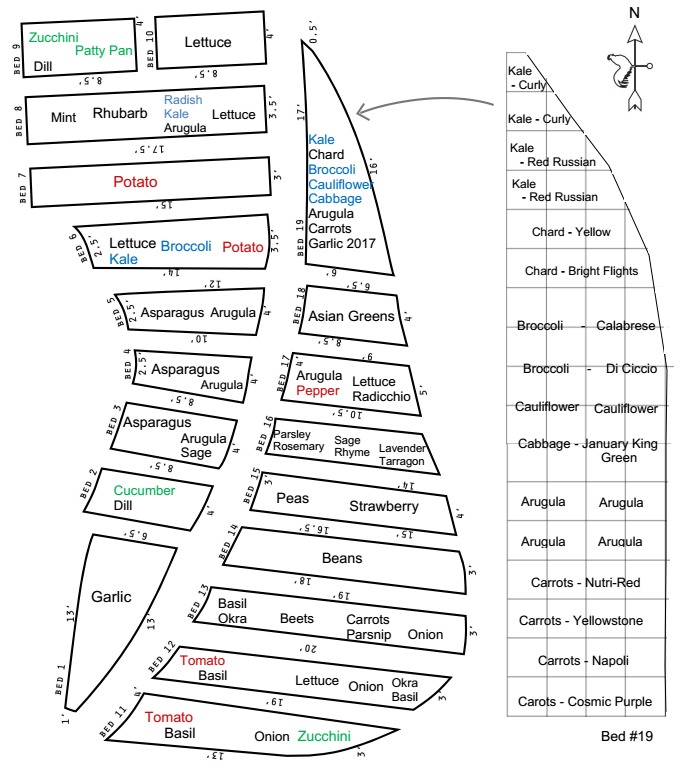
Having a garden plan doesn’t mean you’re confined to a predetermined box. Even the most impulsive and intuitive gardeners can benefit from having a simple plan that empowers you with the freedom to play.
